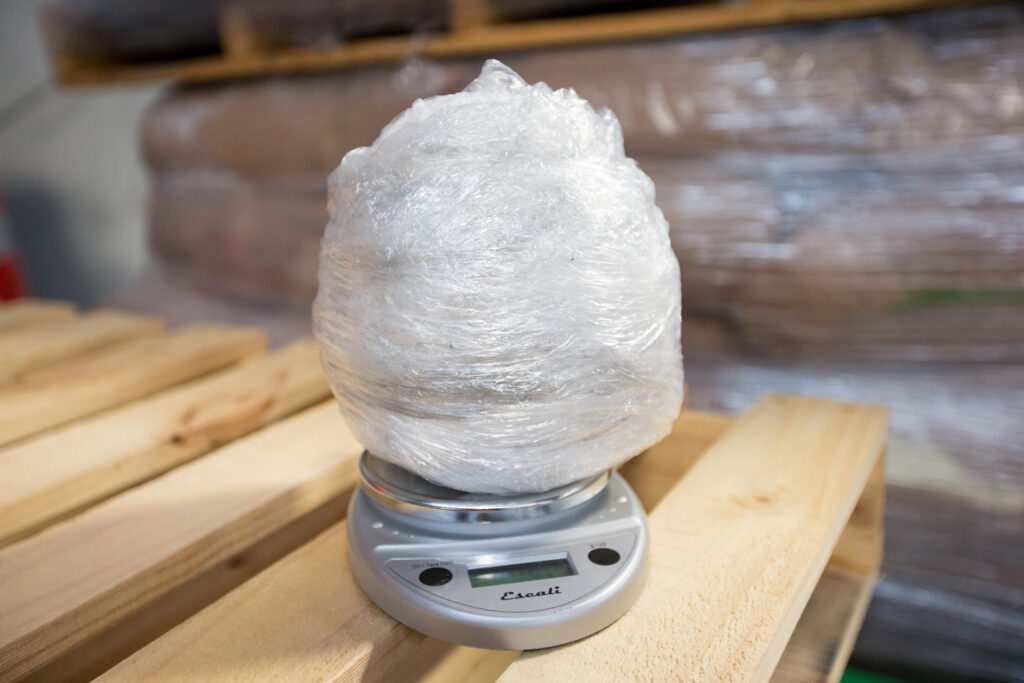Home » Excessive film use
Excessive film use
Excessive film use. Why it happens – and how to stop it.
‘One good turn deserves another’ may be a good rule to apply to many things in life. But it’s not necessarily true for wrapping pallets. In fact, often it’s a case of a few extra rotations doing very little to protect pallets – and a lot to add unnecessary plastic into the waste stream.

In our work we regularly audit pallet wrap use to ensure Kiwi companies can make sustainability and/or economic gains.
During this work we sometimes uncover companies using too much wrap to protect palletised goods. While there are a few causes as to why this can happen, there’s generally only one response – how did we get here and how do we fix it?
There are two main reasons for using too much pallet wrap – and the good news is they are both simple to avoid.
Why it happens: The wrong set-up.
Time is generally of the essence in logistics – which means that occasionally bad decisions can be made in the race to cut seconds and minutes from any process.
Some equipment users have been known to bump up the turntable speed in the hopes of increasing throughput. However, rather than decreasing the cycle time (which is set from when the carriage leaves the home position until it returns) this instead results in an increase in rotations – which means more wrap is laid on faster.
Operators will also sometimes reduce the tension of the wrap in the hopes of reducing the occurrence of film breaks – and then compensate for the looser containment of the goods by increasing the number of rotations. This does little to help with holding everything in place and instead results in wasted wrap. Breakages are often a sign that the wrong wrap is being used or that the wrapping machine needs servicing.
How to stop it: Set and maintain
It’s important to check that settings are correct for your needs – and then make sure they stay that way. Some people just want to ‘experiment’ with different settings, and others will fiddle with settings to appear busy. A sternly worded ‘no fidgeting with the settings’ notice may help! To get you started on the right track, call on our team. They can help ensure your machine is set up to perform exactly right from the get-go.
Cleanliness and maintenance could also be an issue. Machines should be free of debris and dust, and parts checked for wear and tear. With everything in working order, excess film shouldn’t be required to get your pallets securely wrapped. Here’s an in-depth look into settings and how they can change the efficiency of your machine.
Why it happens: The wrong priorities
It can be tempting to apply extra wrap to ensure pallets are stable instead of checking settings. It can also be tempting to go with a cheaper film to reduce costs. However, this is not always a good idea. Films made from lower quality resins, while cheaper at the outset, will break easily. Operators will then have to reduce tension and likely increase rotations too. Check here for a deep dive into the real cost of pallet wrap.
How to stop it: A team effort
Get your financial team on board with the long-term costs of pallet wrap – and empower them to make decisions about purchasing based on better long-term profitability over short-term results. An expert assessment by our consultant team will help you get some numbers to back up these decisions.
If you are concerned about the amount of stretch film you’re going through, book in a free site audit with one of our expert containment specialists.